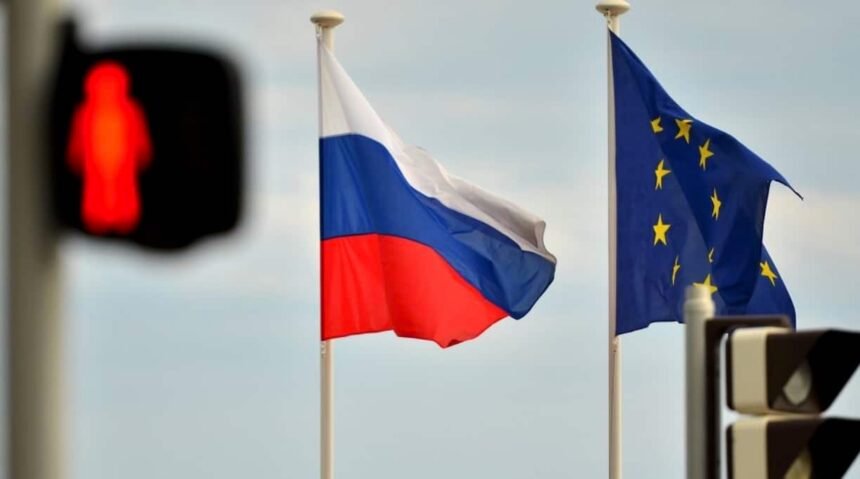The European Union is encountering significant challenges in preparing a new round of sanctions against Russia, despite recent indications from Ukrainian President Volodymyr Zelensky that Brussels is working on fresh measures, just weeks after adopting its latest package aimed at penalizing Moscow for its full-scale invasion of Ukraine.
Diplomatic sources speaking anonymously to Radio Free Europe suggest that it is unlikely the EU will propose a new sanctions package before Christmas. The bloc is instead prioritizing critical issues such as:
- Securing long-term financial support for Ukraine over the next two years, potentially through reparations-backed loans.
- Ensuring that existing sanctions against Russia are successfully renewed before January.
Both issues require broad political agreement or unanimous backing, meaning member states are hesitant to add another politically taxing task to the agenda. As a result, the next sanctions package could emerge around February 2026, near the fourth anniversary of Russia’s full-scale invasion.
Targeting Russian Imports: From Steel to Chemicals
A leaked discussion document obtained by Radio Free Europe—drafted by Estonia, Latvia, Lithuania, Germany, Poland, and Sweden—outlines a clear proposal: limit EU imports of Russian goods, which totaled €35 billion in 2024.
While the EU has already begun phasing out Russian energy and agricultural imports, six member states argue there’s still substantial room to reduce dependency, pointing particularly to:
- Steel imports: The EU imported €1.3 billion worth of Russian steel slabs this year alone. These basic products, used to manufacture high-grade steel, currently enjoy a sanctions exemption until October 2028.
- Inorganic chemicals and fertilizers: Products like anhydrous ammonia and calcium phosphates used in agriculture and plastics. Despite Nitrogen-based fertilizer restrictions, potassium-based imports have risen.
The document also emphasizes that the EU can switch suppliers to countries like Canada and Israel, reducing the risk of shortages.
Cracking Down on Russia’s “Shadow Fleet”
One of the EU’s strategic goals is to target Russia’s so-called “shadow fleet”— aging vessels of opaque ownership used to circumvent the G7’s oil price cap, currently set at $47.60 per barrel.
To date, 562 ships have been blacklisted by Brussels, banning them from EU ports. However, an estimated 400 more vessels remain unpunished, raising concerns about environmental and safety risks, including potential oil spills.
France recently circulated a proposal urging the EU to adopt a “volume-driven approach” by:
- Restricting the amount of oil transported by vessels suspected of violating sanctions.
- Targeting the network of financial, logistical, and trading enablers in third countries.
- Encouraging shipowners to return to legal trade channels through incentives.
- Tightening regulations on ship sales to prevent expansion of illicit shipping.
This strategy could also involve banning such vessels from EU waters, especially if they are found sailing under fake or revoked flags, making them effectively stateless under international maritime law.







